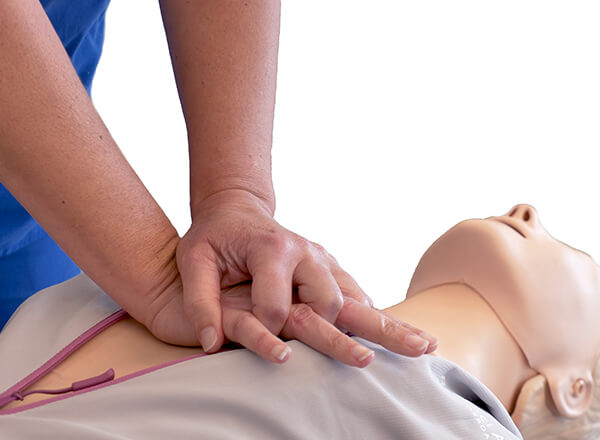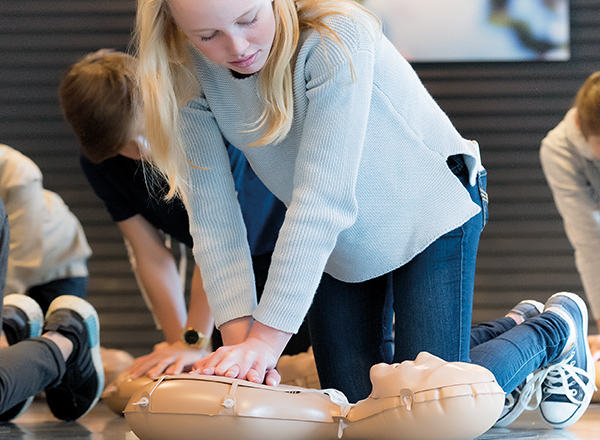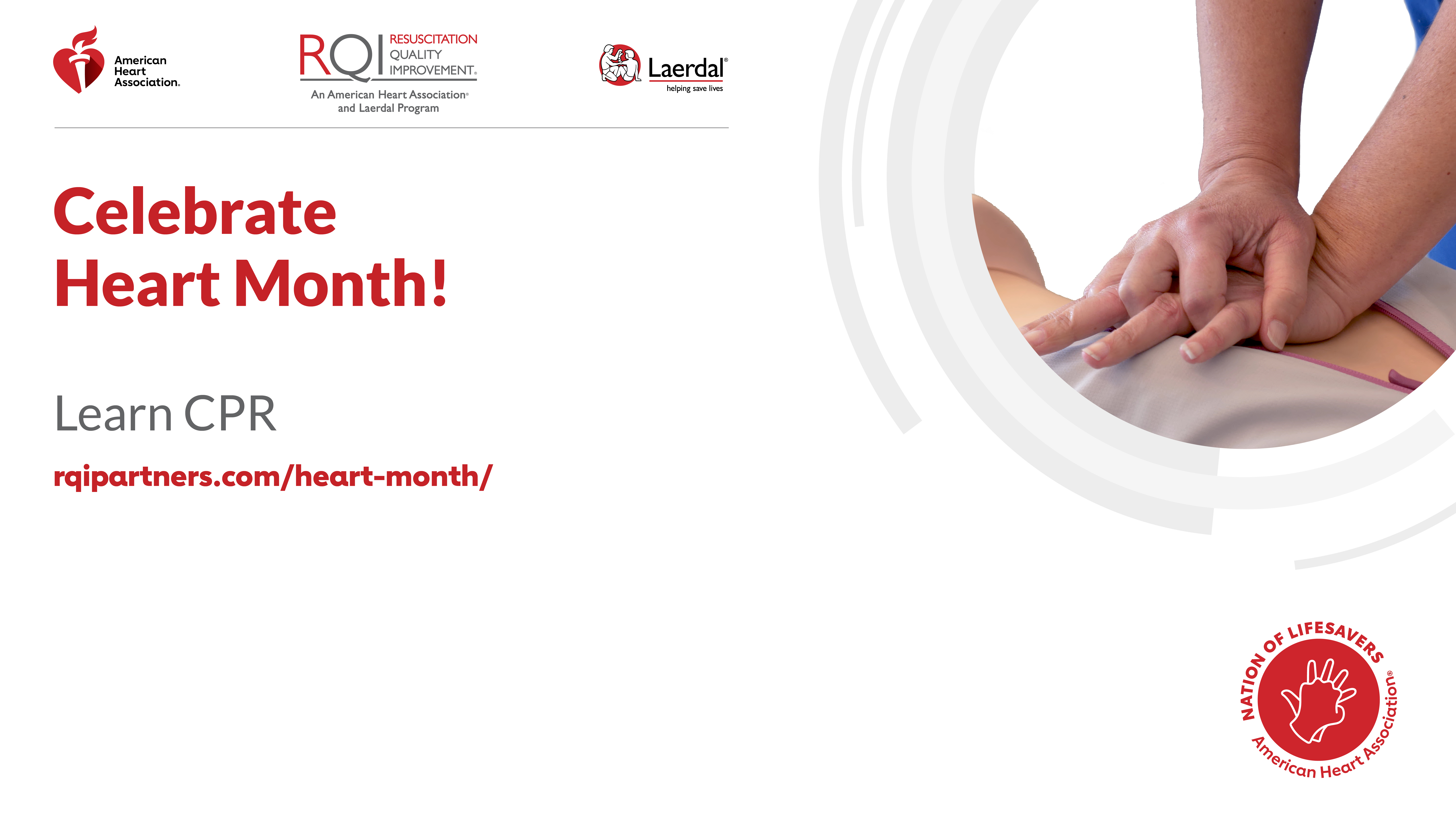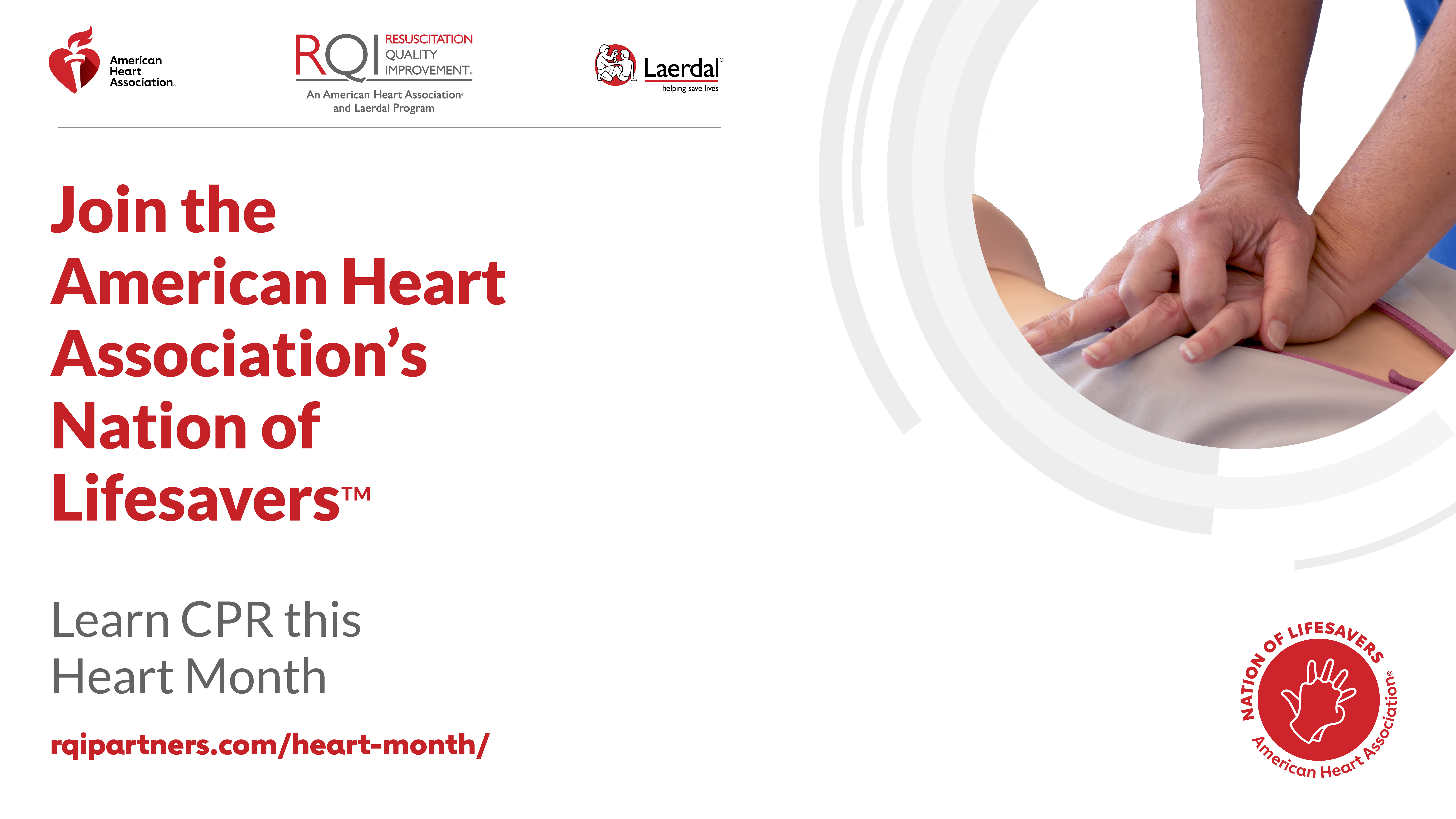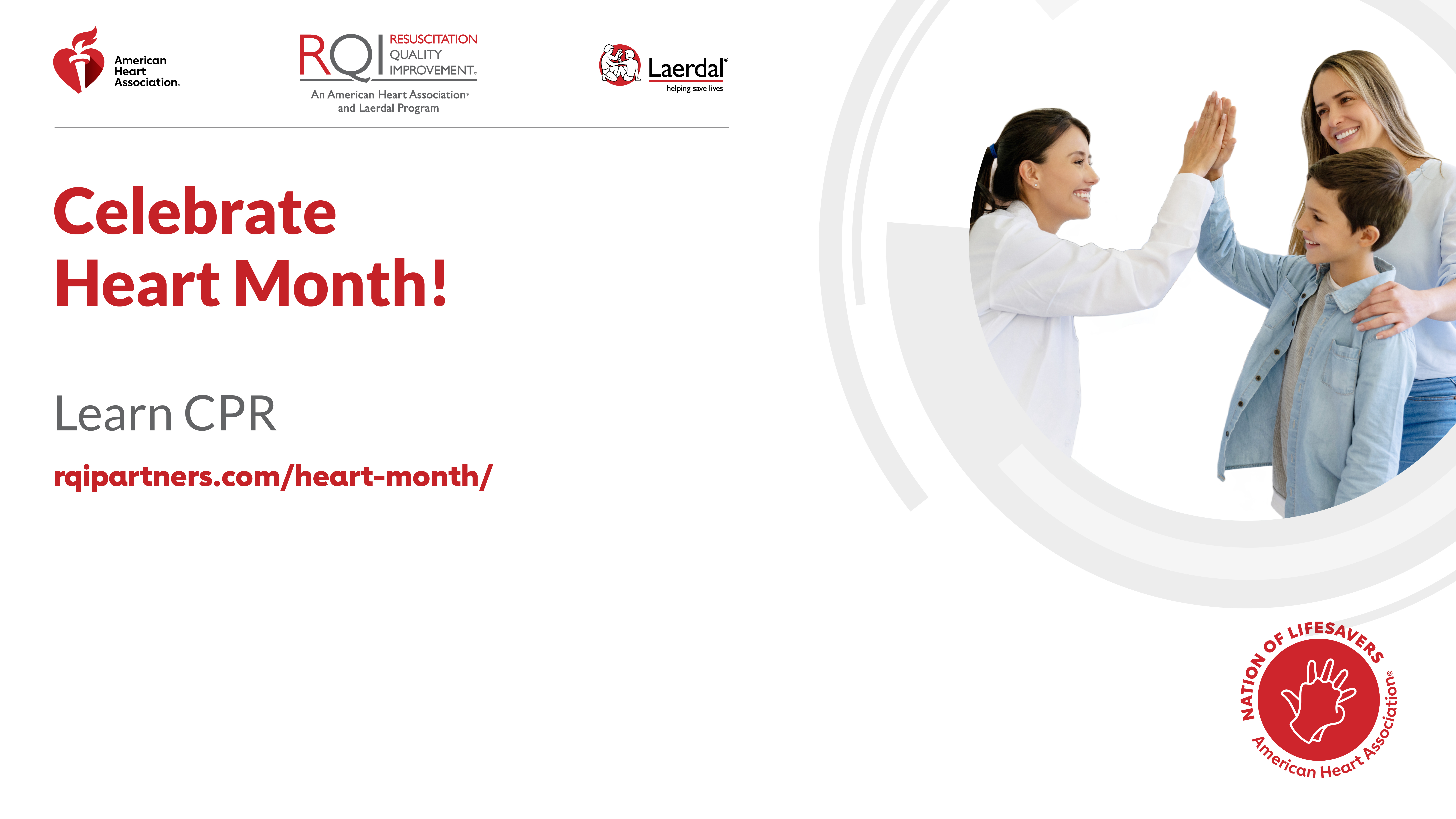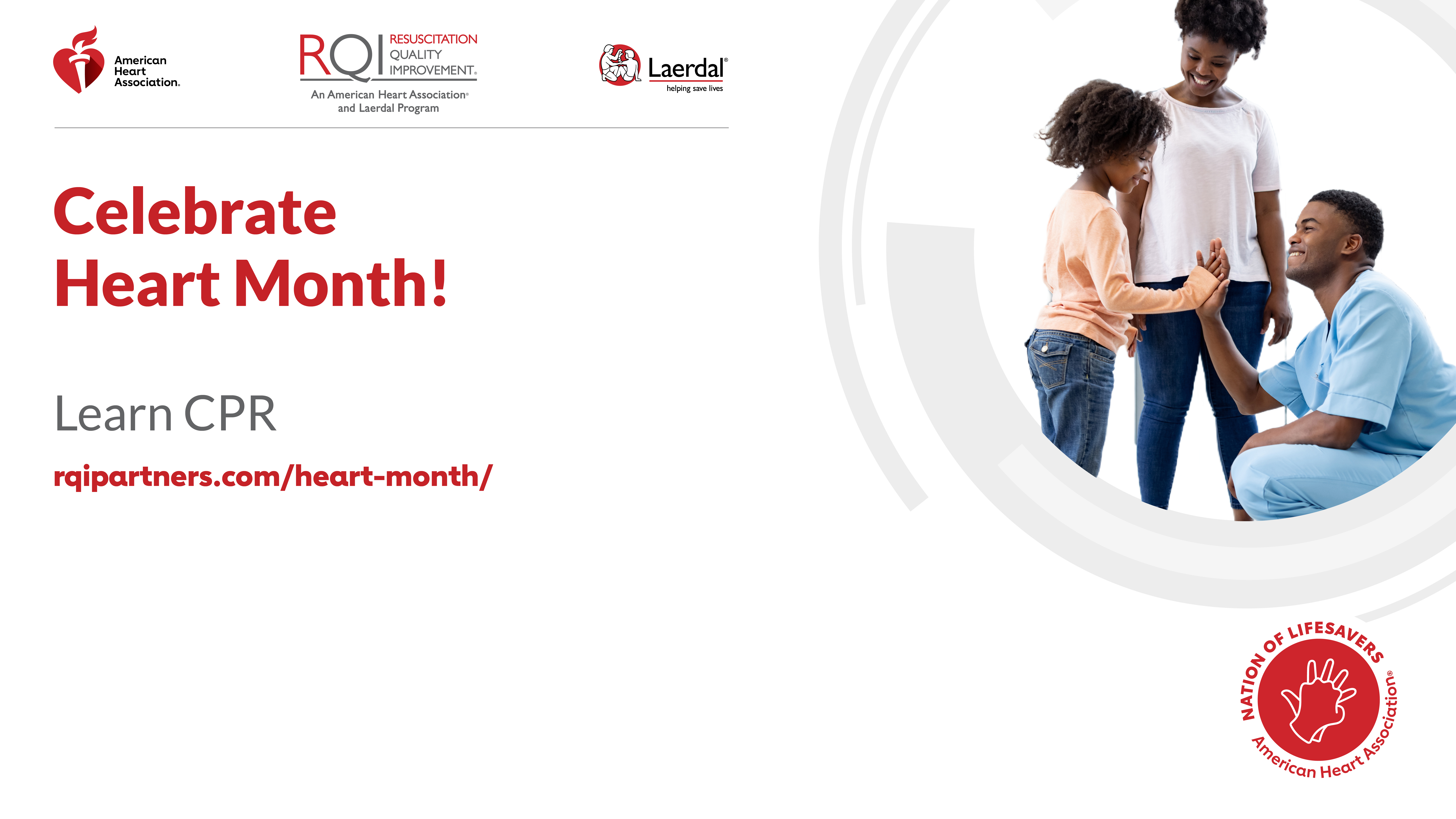CPR Saves Lives
Join Us in Celebrating Heart Month
RQI Partners is proud to be part of the American Heart Association, the global authority on heart health education, research, and CPR training. The mission of RQI Partners is to help save more lives from sudden cardiac arrest, a life-threatening event often caused by heart disease.
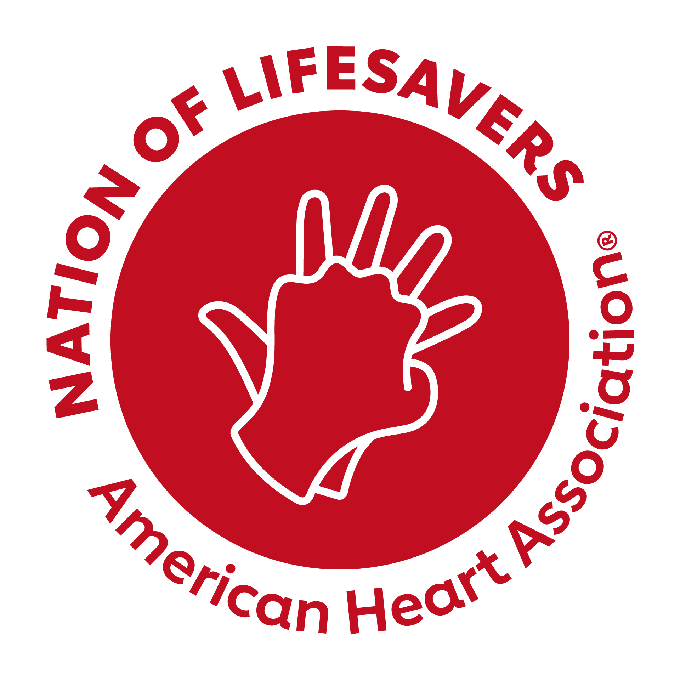
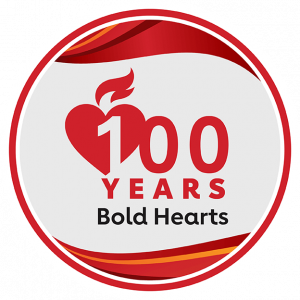
This February, in celebration of American Heart Month and the American Heart Association’s 100th birthday, the American Heart Association is urging every family in the U.S. to join the Nation of Lifesavers™ by learning CPR.
With more than 350,0000 people experiencing cardiac arrests outside of a hospital, including 23,000 children, CPR is a critical skill that kids as young as 9 years old can learn. CPR, especially if performed immediately, could double – even triple – a cardiac arrest victim’s chance of survival. Will you be ready to save the life of someone you love?
Sudden Cardiac Arrest Survivor Stories
Matt Wanex, Senior Therapist and Program Manager at the Center for Rehab Medicine at Acute Care Greater Baltimore Medical Center, was on vacation with his family when he found his father-in-law unresponsive one night. Wanex performed CPR to revive his life.
RQI education helped Laura Holden, a Nurse Practitioner with the Connector Service at Primary Children’s Hospital Intermountain Healthcare, leap into action to sustain the life of her aunt until she was able to get the medical attention needed at a hospital.
Christiana Adams, who works at Salem Health, was forced to put her RQI skills to the test when, while out on a walk, saw an individual down and resuscitated them. She credits RQI with giving her the ability to properly perform CPR, enabling her to save a life.
Heart Month Education
During the month of February, RQI Partners will bring awareness to the American Heart Association’s focus for Heart Month: Inform and inspire the community to understand the importance of CPR and encourage families to join the Nation of Lifesavers, with an emphasis on pediatric CPR care.
Each week, RQI Partners will share information, education and more on our RQI Partners Blog, featuring an interview from subject matter experts in pediatric CPR, as well as employee testimonials and key points on the importance of pediatric CPR and CPR education. Visit back each week to read the newest blog!
Learn how you can use Heart Month to educate yourself, your colleagues, and your patients about heart health and sudden cardiac arrest. Read Post
Early CPR saves lives from sudden cardiac arrest, but performing CPR on a child requires a different approach and recovery focus than CPR on an adult. Read Post
Pediatric CPR plays a pivotal role in addressing cardiac emergencies among children, and understanding the trends in survival rates is critical. Read Post
It’s possible to make lifesaving conversations approachable for kids. Employees at RQI Partners share tips and insights on how to talk to kids about CPR. Read Post
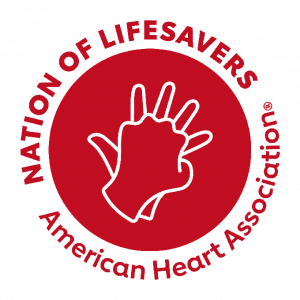
Join the Nation of Lifesavers™
The American Heart Association is urging everyone to learn CPR and join the Nation of Lifesavers. You could be the difference between life and death for someone experiencing a cardiac event. The mission is simple; when a sudden cardiac arrest event occurs and an individual needs CPR, others will act. By educating the public on CPR and its importance, we’re taking a nation of bystanders and turning them into lifesavers!
Learn more about the Nation of Lifesavers and how to make a lifesaving impact in your community.
Exclusive Heart Month Webinar
Creating a Culture of Pediatric Resuscitation Excellence
RQI Partners is thrilled to share how hospitals and health systems can create a culture of pediatric resuscitation excellence with their staff and within their surrounding communities.
Lynda Knight, director for Revive Initiative for Resuscitation Excellence at Stanford Children’s Health, discussed the successful pediatric resuscitation outcomes she has observed because of this groundbreaking program, and tips for other organizations looking to implement similar programs.
We were also joined by Dr. Dianne Atkins, professor of Pediatrics in the Stead Family of Pediatrics at the University of Iowa Carver College of Medicine and Chair of the Science Sub-Committee of Emergency Cardiovascular Care Committee for the American Heart Association. Dr. Atkins discusses Heart Month and the importance of focusing on pediatric resuscitation initiatives, as well as the Nation of LifesaversTM, a commitment to make CPR and AED awareness and education a permanent fixture in all communities across the country.


Download Heart Month 2024 Zoom Background Images (16×9)
Download our Heart Month Zoom backgrounds to share in your workspace. Thank you for all you do to help save lives from sudden cardiac arrest!
For RQI Community members, please visit the Resuscitation User Network (RUN) to access additional resources available to you. Sign in here

